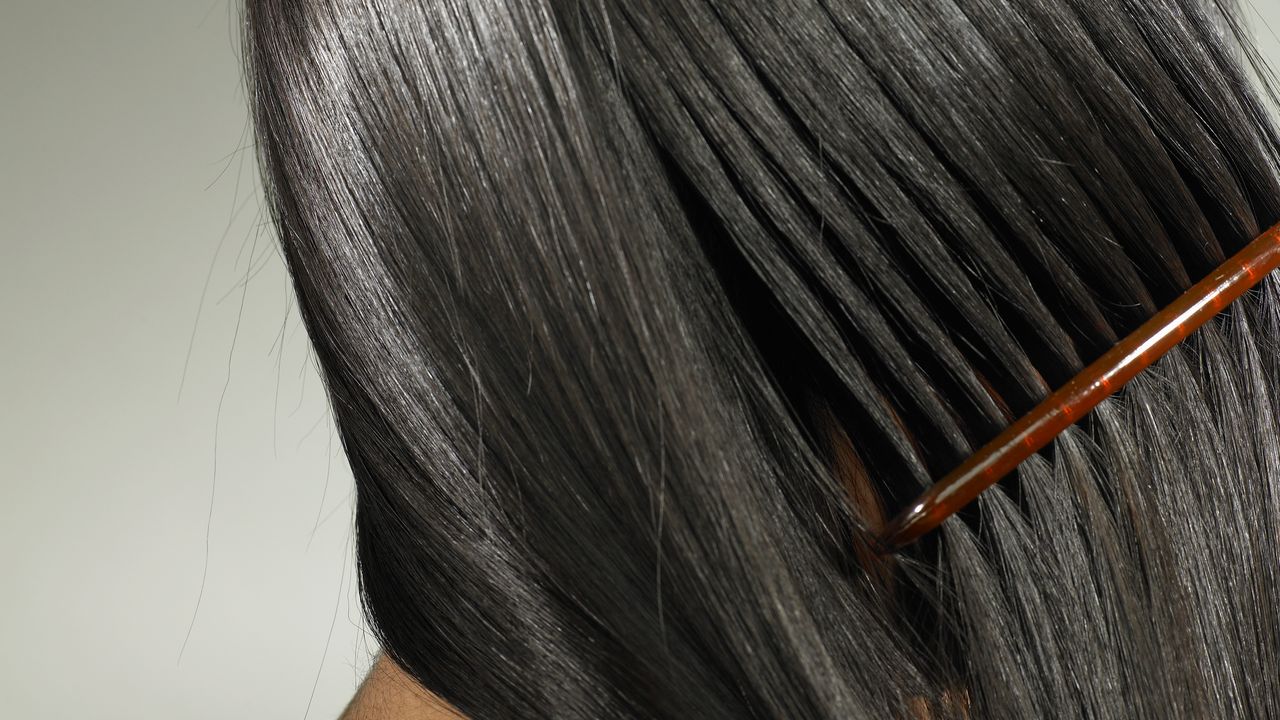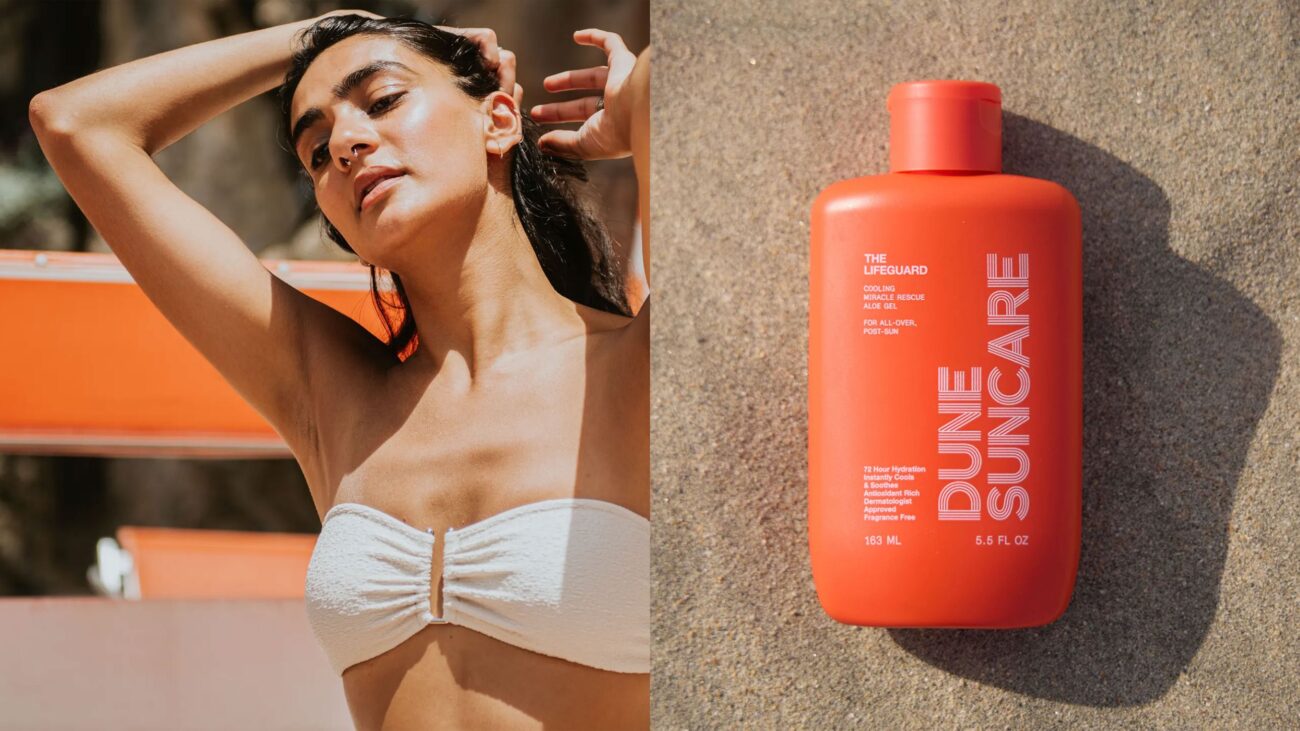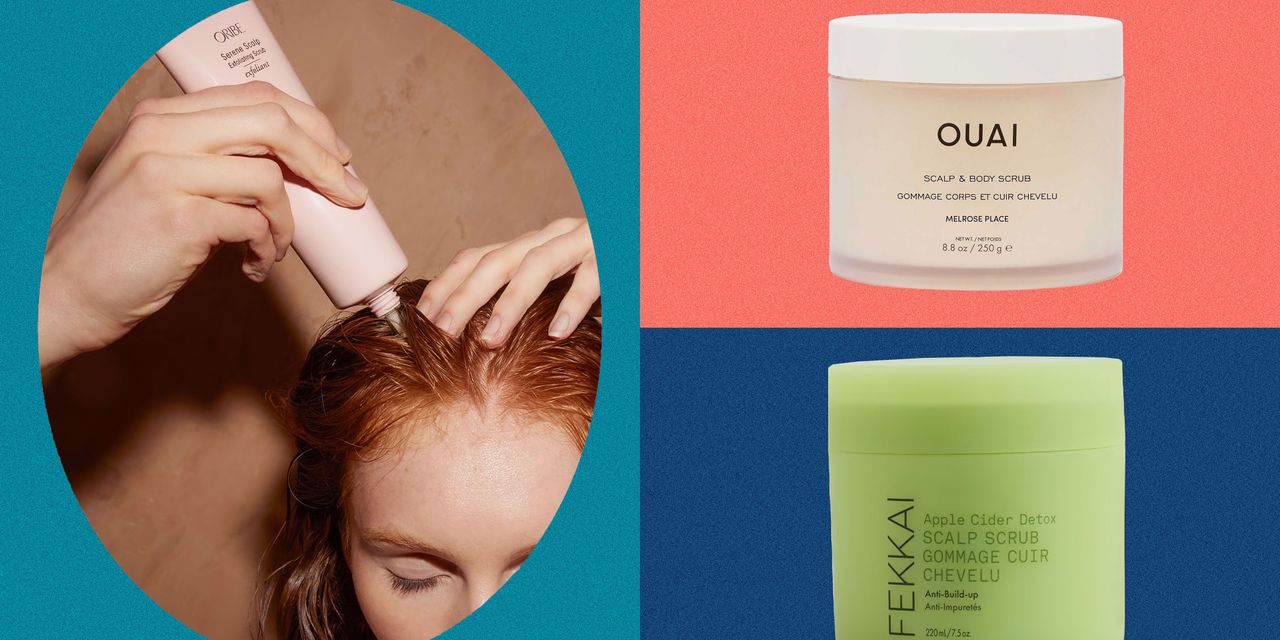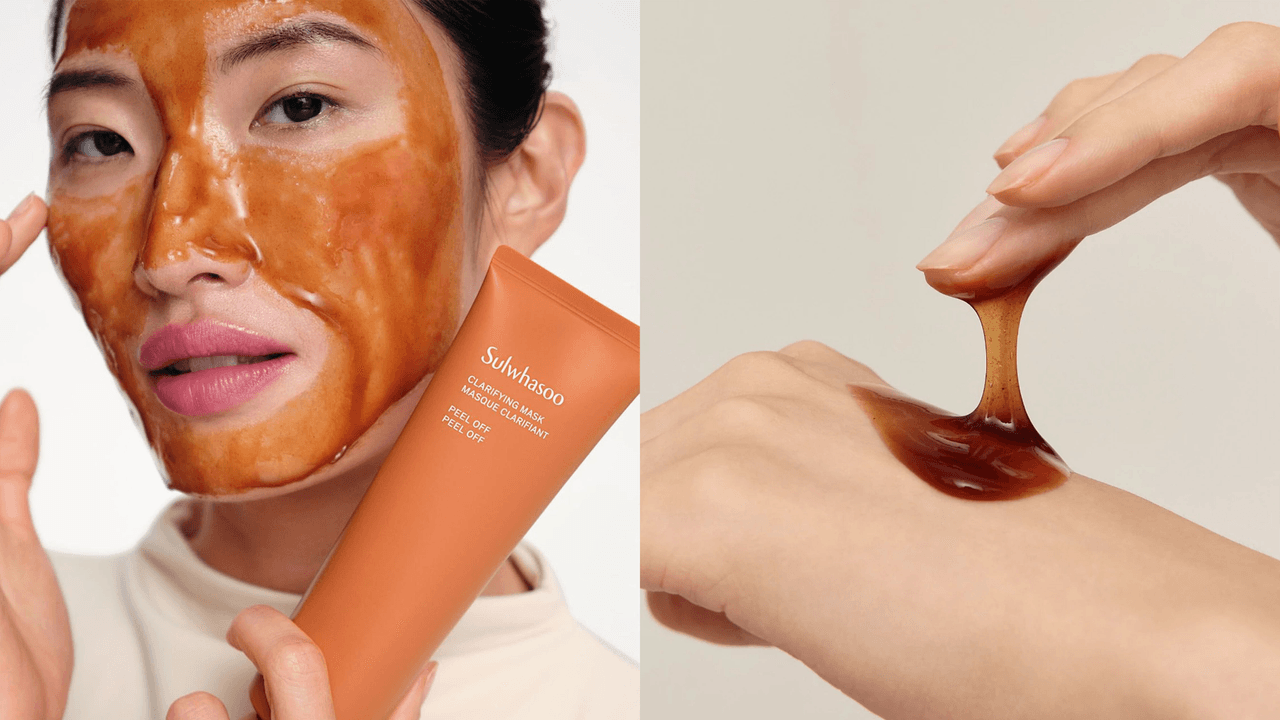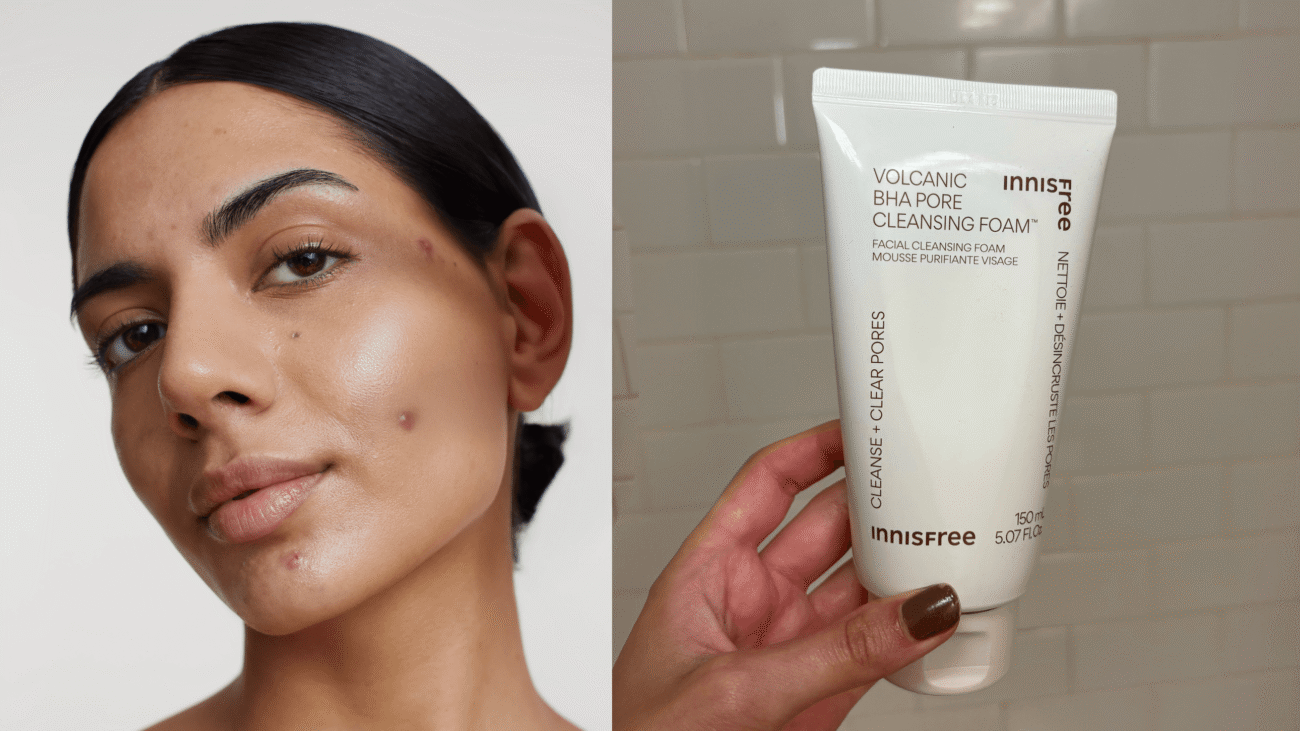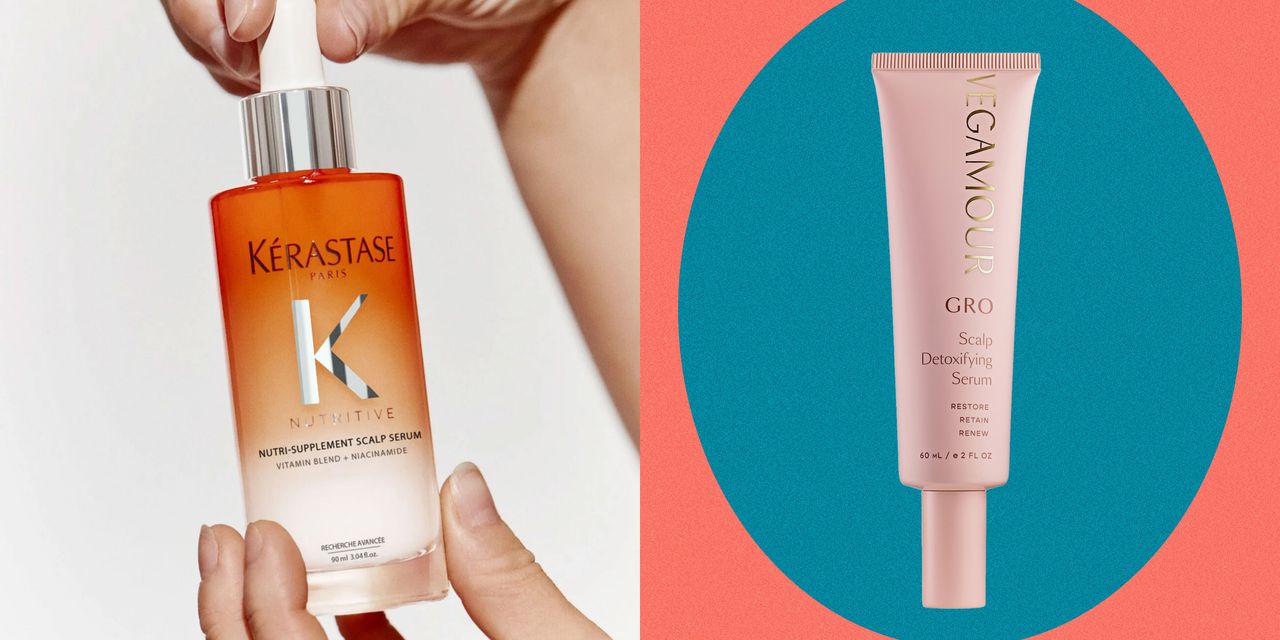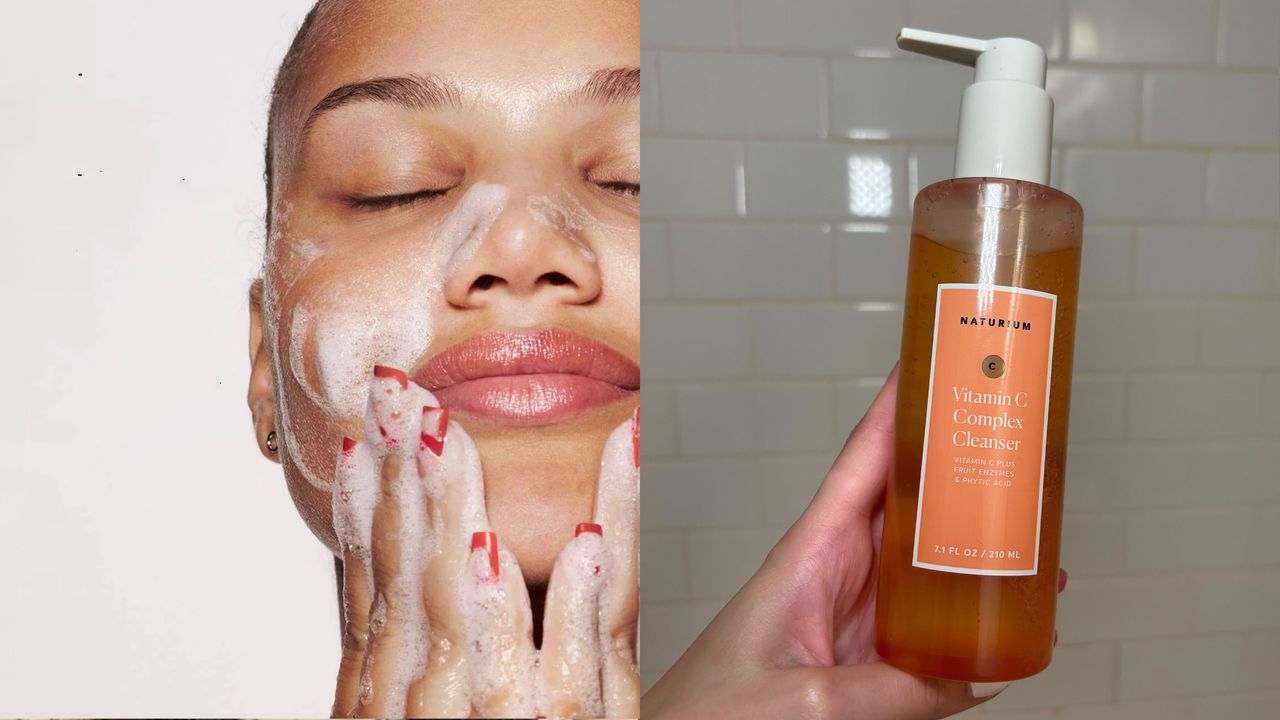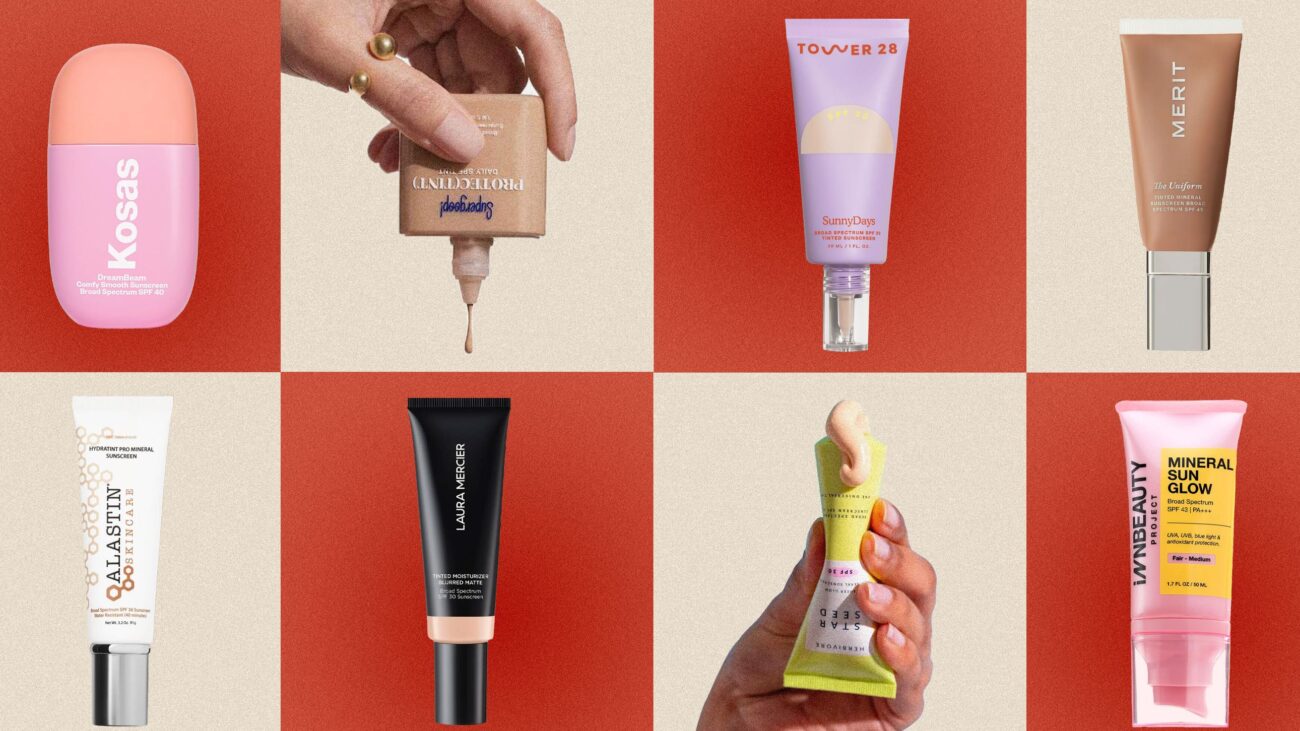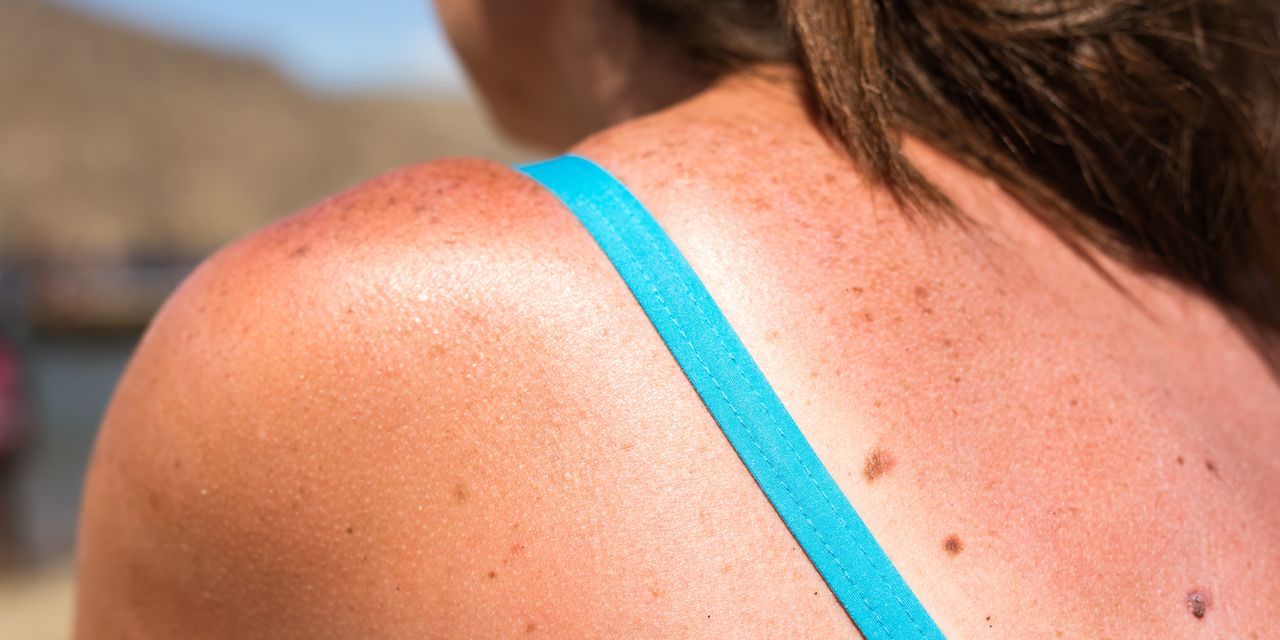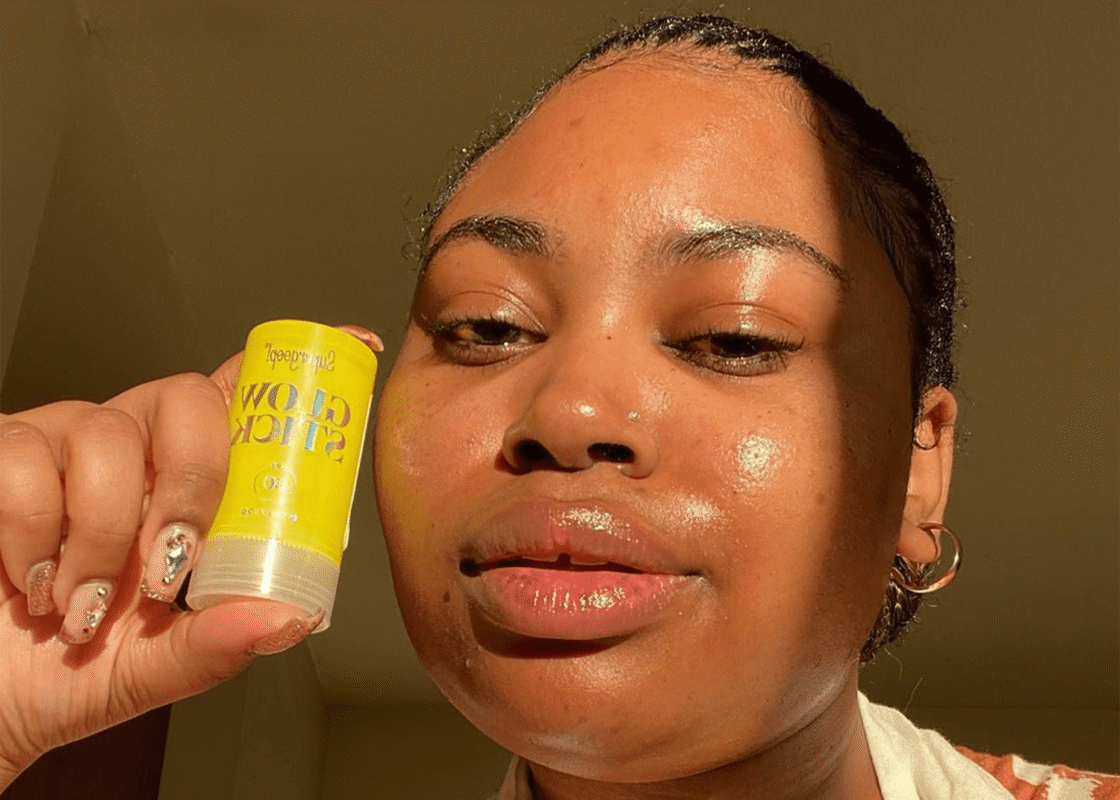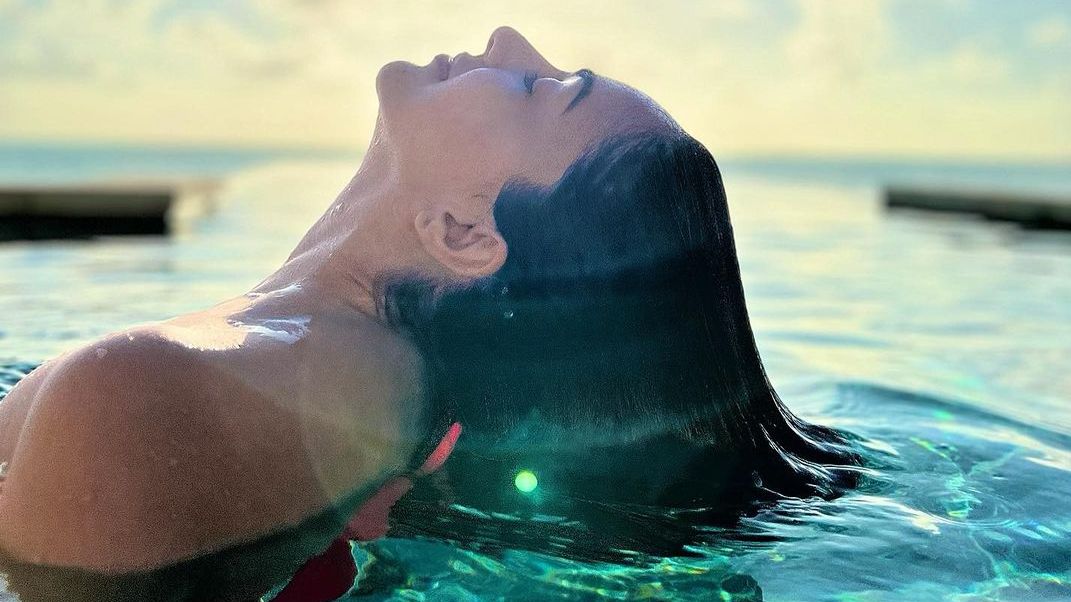Blog
How to Moisturize Your Scalp, According to Hairstylists and Dermatologists
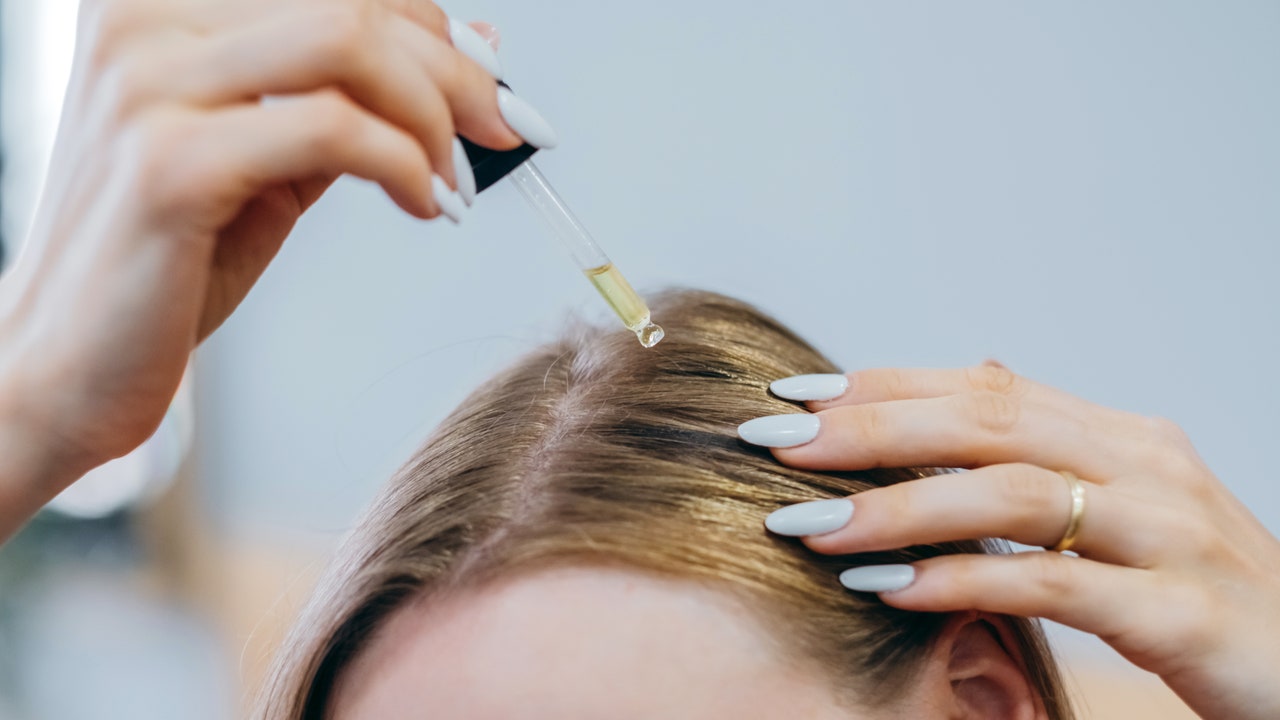
“Scalp exfoliation is another great step,” she says. “Massaging with your fingertips or using a soft brush once or twice a week can help remove dead skin so hydrating treatments can absorb more deeply. I also love scalp masks or serums with nourishing oils like jojoba or squalane.”
How do you get rid of dry scalp?
Many things can cause dry scalp including cold weather, low humidity, harsh shampoos, product buildup, or not cleansing hair enough. “I always recommend starting with a hydrating scalp treatment,” says Ocando. “If you have flakes or product buildup, take your time with a scalp scrub, really massage it in to exfoliate. Avoid overwashing or overusing dry shampoo, and consistently moisturize with a serum or oil that fits your scalp type.”
Monique McMahon, founder Que Colour and Global Pro Ambassador for Christophe Robin Paris points out that internal factors like hormones and stress can also lead to scalp dryness and methods of addressing dry scalp which depends on the cause.
“If there are surface flakes, I love the smoothing sea salt scrub by Christophe Robin,” McMahon says. “It has amazing rock salt crystals in it that exfoliate and cleanse the scalp.” She adds that maintaining a hydrated scalp is the best way to prevent flakes in the long term. “Using those natural oils with a soft, boar bristle brush and really brushing the scalp (rather than the hair) will loosen any flakes from the scalp and get the blood flow going. And as you shampoo, those flakes will just wash out. But as I said, a dry scalp can also be a signal of something going on internally, whether it be a food allergy, stress or hormones. But for the external element, my favourite approach to removing flakes is a high-quality, smoothing sea salt, Himalayan salt or even sugar-based scrub treatment.”
Does conditioner moisturize your scalp?
Generally conditioners are meant to be applied on the mid-lengths down to the ends of the hair, not the scalp. Its purpose is to hydrate and soften the hair shaft, not the scalp. However, both Dr. Bowles and Ocando agree that there are certain products on the market that have hydrating ingredients like glycerin and panthenol that can provide light moisture to the scalp or even some scalp-specific conditioners. “Just be mindful, using regular conditioner on the scalp can lead to buildup and greasy roots if it’s not rinsed out thoroughly,” says Ocando.
How do you moisturize the scalp without making your hair greasy?
To prevent the hair from getting greasy McMahon recommends taking the time to hydrate and moisturize the scalp before shampooing. “Scalp treatments that hydrate, moisturise or soften the scalp will need to be shampooed out,” she explains. “Paired with the right product, you are guaranteed not to have an oily scalp.”
Ocando recommends using a water-based scalp serum as they’re lightweight, fast-absorbing, and won’t leave behind that greasy residue. “I like to apply it right after washing, ideally within three to five minutes while the scalp is still a little damp,” she says. “It helps the product absorb better and keeps your roots fresh.”
How do dermatologists moisturize the scalp?
Dr. Bowles explains that dermatologists will seek out evidence-based solutions that tackle both the cause and symptoms of dryness. “Depending on what’s going on, whether it’s seasonal dryness, eczema, or product-related irritation, we may recommend treatments like medicated shampoos, topical corticosteroids, or hydrating serums with ingredients like hyaluronic acid or ceramides,” she says.

